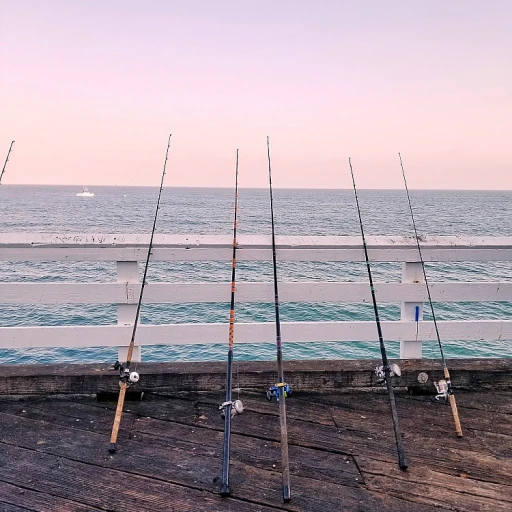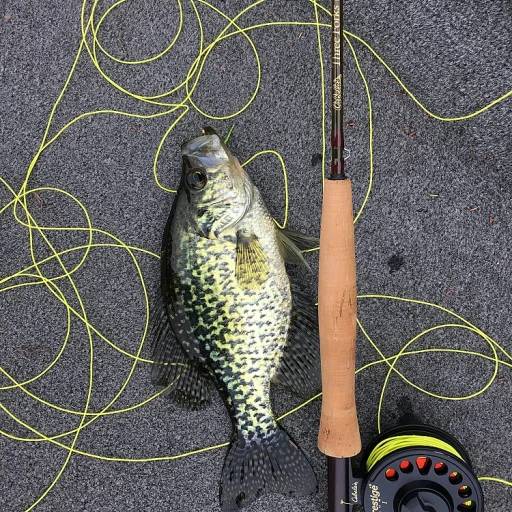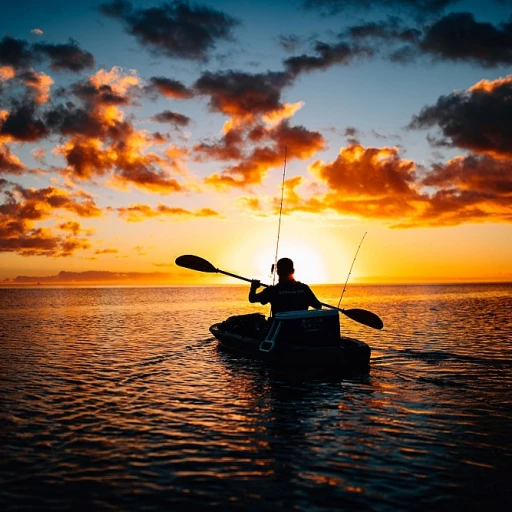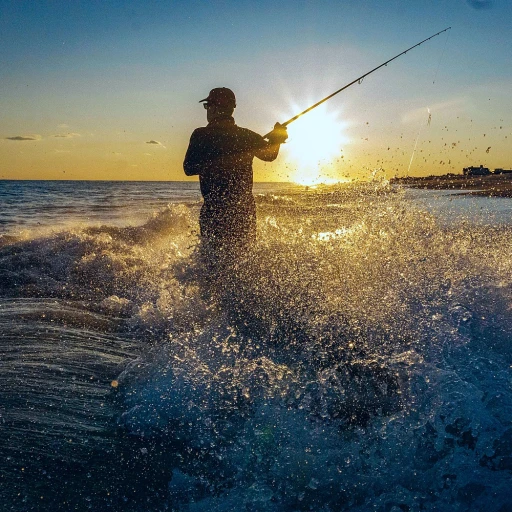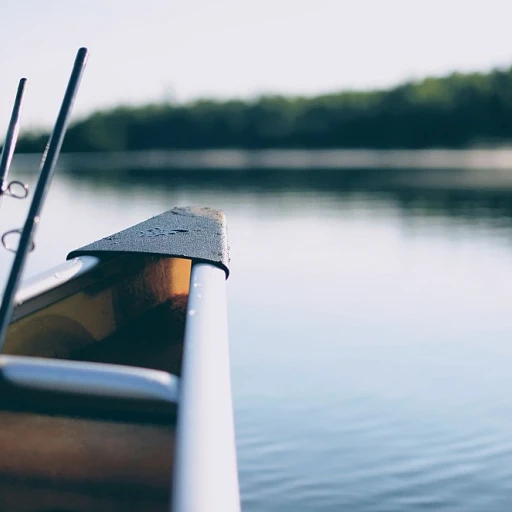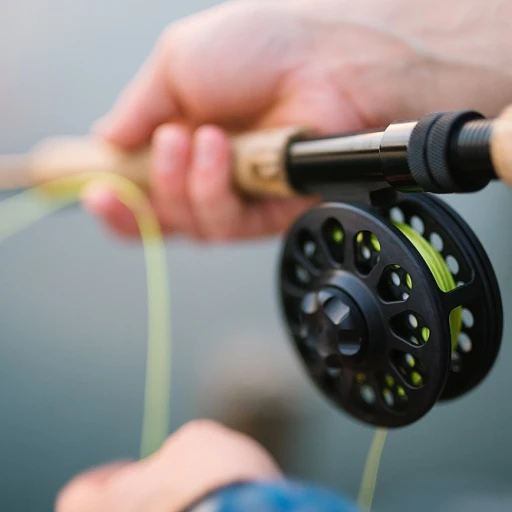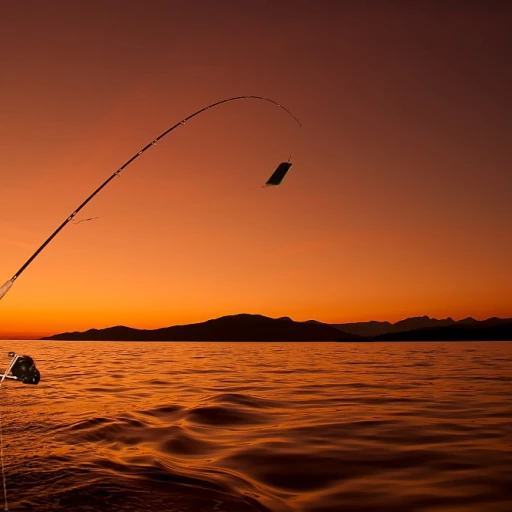
Understanding Dock Lines
Key Understanding of Dock Lines
Dock lines play a pivotal role in recreational fishing, acting as a guardian for your boat while moored. They are specifically designed to buffer the wear and tear associated with docking, ensuring your boat remains secure and undamaged despite variable weather conditions. The importance of selecting the right dock line cannot be overstated, as it directly impacts the safety and longevity of your vessel.
Beyond their fundamental purpose, dock lines add a layer of convenience by facilitating the straightforward docking of your boat. They are crafted from various materials like nylon and come in different constructions such as double braid or three-strand twist, giving you a range of options based on your specific boating needs and environmental conditions. On average, prices can vary considerably, influenced by factors including material, length, thickness, and added features. Whether opting for a classic black, color-coded, or customized version, docking lines ensure a blend of utility and aesthetic appeal.
For those seeking innovative solutions to enhance their fishing experience, understanding the nuances of dock lines is crucial. From dock line options to the maintenance practices that keep them durable, knowledgeable fishers can optimize their outing effectiveness without the worry of docking mishaps. Dive deeper into this essential aspect of recreational fishing as we explore further in this series.
Types of Dock Lines
Exploring Different Varieties for Varied Needs
When it comes to securing your boat safely and efficiently, selecting the correct type of dock line is paramount. Various types of dock lines are available, each designed to satisfy distinct criteria like durability, flexibility, and abrasion resistance. Firstly, there's the nylon dock line, commonly favoured for its strength and stretching capacity. Nylon is resistant to UV light, rot, and abrasion, making it a reliable option for most dock activities. When considering double braid nylon dock lines, these offer tremendous strength and flexibility, perfect for absorbing shocks in rough waters. For those seeking a sturdy and economical option, the three-strand braid rope is another excellent choice, known for its elasticity and resilience. It carries a great price-to-durability ratio, suitable for smaller or non-permanent setups. Understanding the correct type of dock line for your boat and specific conditions aids in enhancing your overall "image aspect" of boating and fishing experiences. While all these types have merits, opting for the one that aligns with your boating needs will ensure a safe and satisfying docking experience. For anglers also interested in optimizing their on-boat experience, consider checking out the essential boat shirt for every angler to complement your equipment choices.Choosing the Right Dock Line
Factors to Consider When Selecting Your Dock Line
Choosing the perfect dock line involves considering several important factors that ensure safety, functionality, and durability. The decision isn't solely about price—it's about finding a true balance between quality and performance. Here are key aspects to pay attention to:
- Material Options: The material of the dock line plays a significant role in its performance. Nylon is popular for its strength and elasticity. A double braid nylon, for instance, offers considerable flexibility and durability, making it ideal for absorbing shock loads from the boat's movement.
- Size and Length: The line's diameter and length should be appropriate for the size and weight of your boat. A thicker line provides more strength, while an appropriate length ensures ample scope for tying at various docks. Generally, a line 1/8-inch in diameter for every 9 feet of boat length is recommended.
- Configuration: When considering configurations, evaluate double braid and three-strand options. Double braid lines are smooth and resist kinks, often ideal for enduring harsh conditions. Meanwhile, the traditional three-strand is easier to splice and provides a classic look.
- Color and Visibility: Opt for a color that stands out against your dock or boat to reduce the risk of accidents. While black might be sleek and timeless, brighter colors or patterns could enhance visibility.
- Brand and Quality: It's important to choose a trusted brand with positive reviews. Opt for dock lines from manufacturers with a history of producing reliable and durable products that cater to your specific boating conditions.
Considering these factors will not only help you choose the right dock lines but will also ensure your investment is both practical and efficient. For more guidance on selecting the best boating gear, you might find this detailed guide useful.
Maintenance and Care Tips
Proper Care to Extend Your Dock Line's Lifespan
Understanding how to maintain and care for your dock lines can significantly extend their lifespan, saving you money in the long run. When investing in quality dock lines, such as those made of double braid nylon, it is essential to regularly check them for wear and tear.- Regular Inspection: Routinely inspect your dock lines for signs of fraying, discoloration, or other damage. Pay special attention to areas around the dock where the lines tend to rub against cleats or pilings. Early detection of damage can prevent accidents and extend the line's usability.
- Cleaning: Keep your dock lines clean by washing them with fresh water to remove salt and dirt residue. Avoid harsh detergents that might weaken the fibers. Allow the lines to completely dry before stowing them to prevent mold and mildew.
- Proper Storage: Store your dock lines in a cool, dry location when not in use. Avoid placing them in direct sunlight for extended periods, as UV rays can degrade the material, especially if they're not UV resistant.
- Avoid Knots: While temporary knots might seem convenient, they can cause stress and permanent kinks in the rope, shortening the lifespan of the dock lines. Use proper splicing techniques or designated clips to secure them instead.
Dock Line Safety Tips
Ensuring Dock Line Safety
Safety is paramount in recreational fishing, and the importance of dock lines cannot be overstated. The right dock line offers the security your boat needs when moored. Here are some key safety considerations:- Proper Tension: Ensure the dock lines are taut without being too tight. Overly tight lines can cause stress on the cleats and could lead to damage or accidents. On the other hand, lines that are too loose might not secure your boat adequately, particularly in windy conditions.
- Inspect for Wear and Tear: Regularly check lines for signs of wear, such as fraying or discoloration. Braid nylon is particularly durable, but even the best products like double braid options can deteriorate over time.
- Use of fenders: Enhance safety by placing fenders strategically. While dock lines secure the position preview, fenders absorb shock and prevent hull damage.
- Visibility: Consider using black or brightly colored lines as they are more visible in low-light conditions. This helps in avoiding trips and falls, improving dock safety for everyone.
- Secure Knots: Learn proper knot-tying techniques to ensure that lines stay put. A well-tied rope knot ensures your plan allocations are safe and effective.
Innovative Dock Line Accessories
Enhancing Your Dock Line Experience with Innovative Accessories
As you build your knowledge of dock lines, it's essential to consider not just the lines themselves but the innovative accessories that can complement and enhance their utility. These accessories often provide additional functionality and can make the difference between a smooth docking experience and a tangled mess.
Here are some innovative accessories to consider:
- Line Holders: These are handy tools to keep your lines organized and ready for use. By preventing tangling and ensuring easy access, they serve as a valuable addition to any boat's inventory.
- Rope Protectors: Dock lines often face abrasion against the dock, and using high-quality rope protectors can extend the life of your double braid nylon ropes, saving money in the long run.
- Adjustment Locks: For those who seek precision, adjustment locks offer a true way to manage your line tension perfectly. While their price might be slightly higher, frequent boaters find the investment worthwhile for the ease they provide.
- Quick-Release Shackles: Aimed at improving safety, these shackles allow for the fast release of dock lines under tension, preventing potential accidents.
The right accessories do more than just complement your dock lines - they also add a layer of convenience and safety to your boating experience. Always ensure that your accessories are compatible with your specific dock lines to maximize their effectiveness.
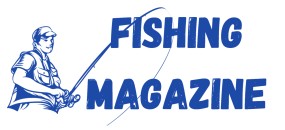
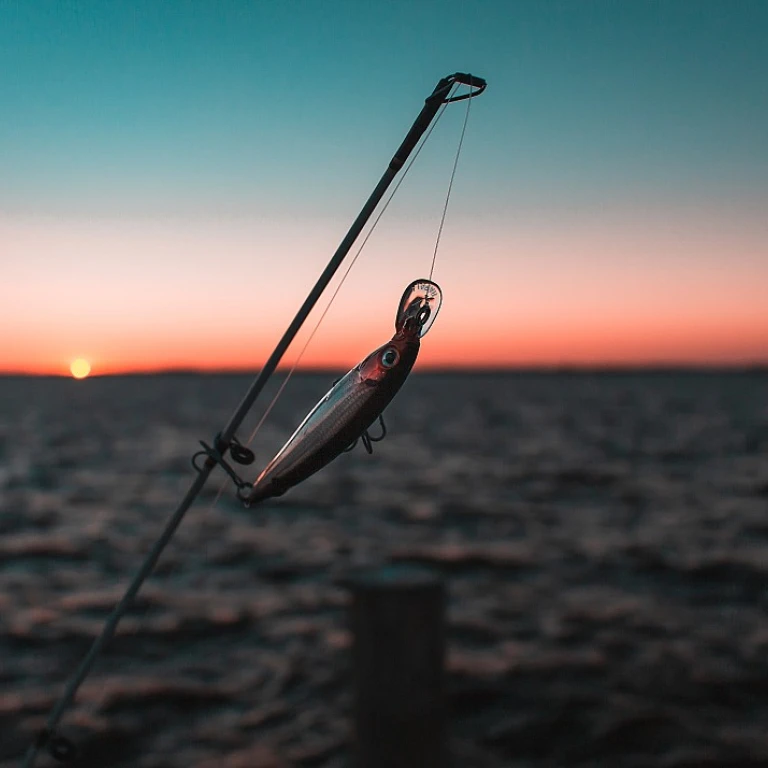
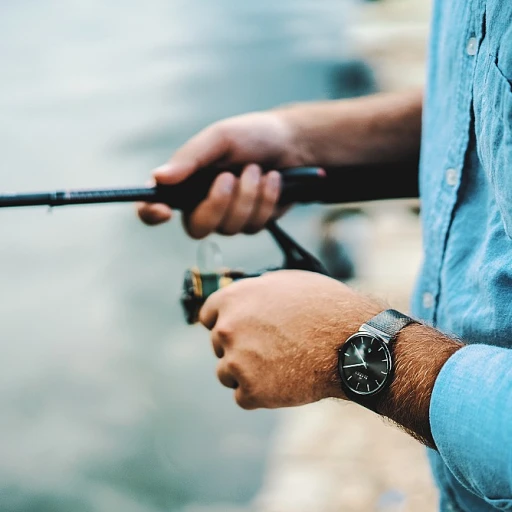
-large-teaser.webp)
